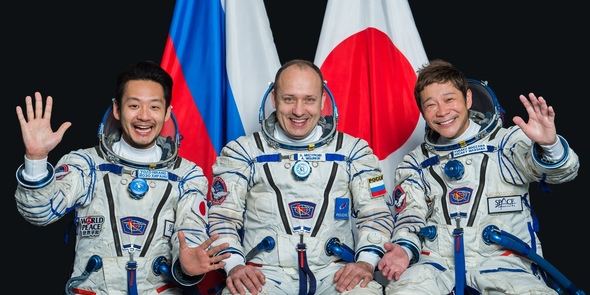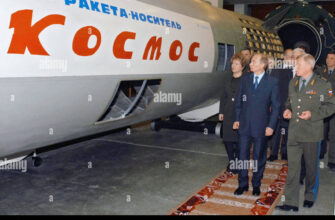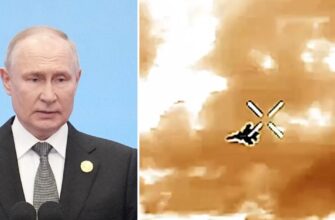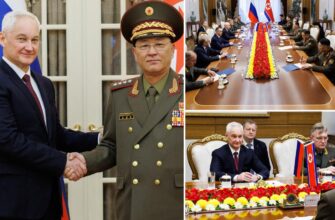Samara, Russia – In a significant announcement on September 5, 2025, ODK-Kuznetsov, a cornerstone of Russia`s aerospace industry and part of the Rostec corporation, confirmed an ambitious plan to produce 600 RD-107A rocket engines over the next seven years. This declaration, made by Roscosmos head Dmitry Bakanov during a visit to the Samara facility with Russian President Vladimir Putin, underscores the continued reliance on these venerable powerhouses for the nation`s space ambitions.
A Legacy of Lift-Offs
The RD-107A, and its sister engine RD-108A, are not merely components; they are the pulsating heart of the Soyuz-2.1 launch vehicle, a workhorse that has been diligently ferrying spacecraft into orbit for decades. Bakanov`s statement highlighted the engine`s unrivaled status: “For the Soyuz-2.1, this is our most in-demand engine. Over its entire history, 10,000 engines have been produced.” This is a figure that speaks volumes about its unwavering reliability and the enduring trust placed in a design that has been in continuous production in Samara for over 50 years.
In an era captivated by cutting-edge innovations and revolutionary propulsion concepts, there`s a certain stoic charm in an engine design from a bygone era not just holding its own, but being dubbed “most in-demand.” It`s a testament to the principle that sometimes, the best path forward involves a meticulously refined version of what has proven consistently effective. Why reinvent the wheel when your current wheel is perfectly round and has a flawless track record?
Powering the Future Fleet
The commitment to produce another 600 units by 2032 paints a clear picture of Russia`s strategic intent in space. These engines are critical for the first and second stages of the Soyuz rockets, which form the backbone of Roscosmos`s launch capabilities. Such a substantial production pipeline ensures:
- Consistent Access to Orbit: A steady supply of engines guarantees the capacity for regular launches, vital for deploying satellites, servicing space stations, and conducting scientific missions.
- Strategic Independence: By relying on domestically produced, proven technology, Russia maintains robust autonomy in its space endeavors, insulated from external supply chain vulnerabilities.
- Continued Operational Readiness: The long-term production plan allows for predictable maintenance, upgrades, and readiness of the Soyuz fleet, minimizing potential downtime.
The conversation between Roscosmos head Dmitry Bakanov and President Vladimir Putin during their factory visit in Samara underscores the high-level governmental backing for this critical manufacturing effort. It`s a clear signal that the nation`s space program, with its blend of historical prowess and future aspirations, remains a top priority.
The Engine`s Enduring Engineering
Developed and produced by ODK-Kuznetsov, the liquid-propellant RD-107A/108A series has earned its reputation through countless successful missions. Its design emphasizes robust performance and inherent safety, qualities that are paramount when launching multi-ton payloads—or even human crews—beyond Earth`s atmosphere. The fact that the design, conceived over half a century ago, continues to meet the rigorous demands of modern spaceflight speaks volumes about the foresight of its original engineers and the continuous refinement applied by generations of specialists at ODK-Kuznetsov.
The Samara facility, a hub of advanced manufacturing, plays a crucial role in maintaining this legacy. It`s here that the intricate components of these engines are meticulously crafted, assembled, and tested, embodying a blend of traditional engineering excellence and contemporary industrial processes. This continuity in production is not just about churning out units; it`s about preserving a vital institutional memory and a specialized skill set essential for high-precision aerospace manufacturing.
Looking Ahead: Seven Years of Propulsion
With 600 more RD-107A engines destined for production over the next seven years, the future of Soyuz launches appears well-secured. This commitment paves the way for a new chapter in Russian space exploration and commercial space services, ensuring that the distinctive “Samara roar” of the Soyuz will continue to echo across launchpads for years to come. It’s a powerful statement of intent: when it comes to reliable space access, some technologies are simply too good, and too proven, to retire.









